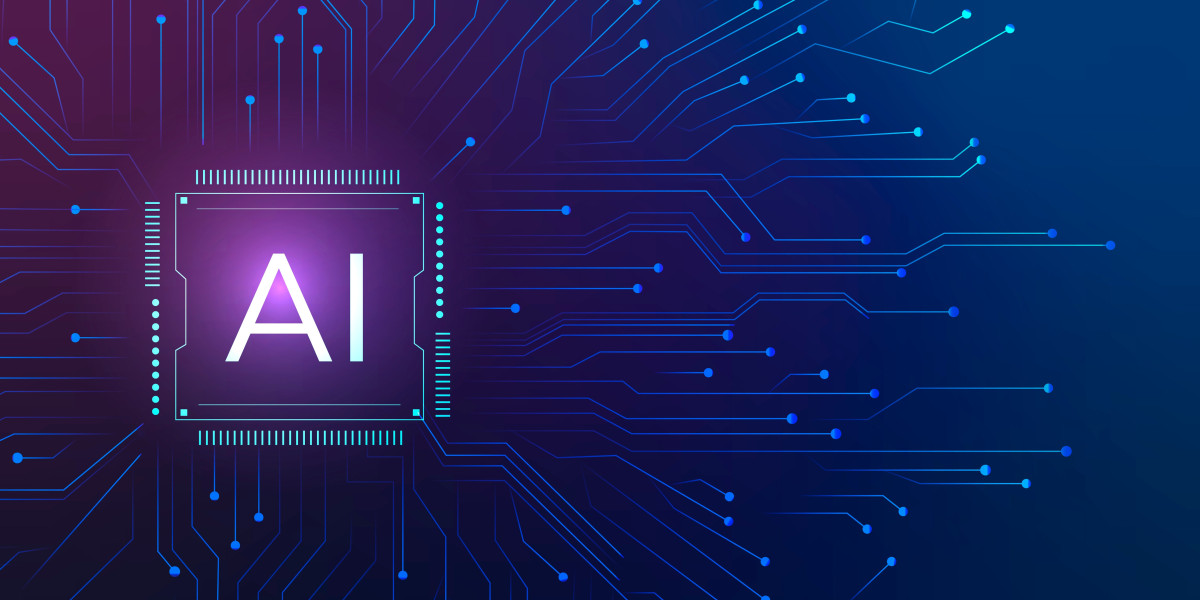Artificial Intelligence (AI) has become a transformative force across industries, offering businesses new avenues for innovation and efficiency. For enterprises looking to harness the power of AI, understanding how to make an AI model is a crucial step towards unlocking its potential. This guide aims to demystify the process, providing a clear path for beginners to embark on their AI journey.
Understanding AI for Enterprise
AI encompasses a broad spectrum of technologies that enable machines to perform tasks that traditionally require human intelligence. In the context of ai for enterprise, AI can automate processes, analyze data at scale, and provide valuable insights to drive decision-making. From predictive analytics to natural language processing, AI applications are diverse and adaptable, making them invaluable tools for modern businesses.
Getting Started: Key Concepts and Terminology
Before diving into building an AI model, it's essential to grasp some fundamental concepts:
Machine Learning vs. AI: AI is the broader concept of machines mimicking human cognitive functions, whereas Machine Learning (ML) is a subset of AI that focuses on enabling machines to learn from data without explicit programming.
Deep Learning: A type of ML that uses neural networks with many layers to learn hierarchical representations of data. It's particularly effective in tasks like image and speech recognition.
Training Data: The data used to train an AI model, which should be relevant, diverse, and representative of the problem you're trying to solve.
Algorithm: The mathematical model used by AI to learn patterns from data and make predictions or decisions.
Steps to Build Your First AI Model
Step 1: Define Your Problem Statement
Every AI project begins with a clear understanding of the problem you want to solve. Whether it's optimizing business processes, enhancing customer experience, or predicting market trends, defining your objectives will guide the entire AI development process.
Step 2: Collect and Prepare Data
Data is the lifeblood of AI models. Collect relevant data from internal sources (e.g., customer databases, transaction records) and external sources (e.g., publicly available datasets). Ensure the data is clean, labeled, and ready for analysis.
Step 3: Choose the Right Tools and Frameworks
Selecting the appropriate tools and frameworks depends on your AI project's requirements. Popular libraries like TensorFlow, PyTorch, and scikit-learn offer robust capabilities for different types of AI tasks, from basic ML algorithms to advanced deep learning models.
Step 4: Preprocess and Feature Engineering
Prepare your data for model training by preprocessing it—handling missing values, scaling features, and encoding categorical variables. Feature engineering involves selecting or creating the most relevant features that will help the model learn effectively.
Step 5: Select an AI Model and Train It
Based on your problem statement and data, choose an appropriate AI model—such as linear regression, decision trees, or convolutional neural networks (CNNs)—and train it using your preprocessed data. This step involves iterating over different models and parameters to achieve the best performance.
Step 6: Evaluate and Fine-Tune Your Model
Once trained, evaluate your model's performance using metrics like accuracy, precision, recall, or F1-score, depending on the nature of your problem. Fine-tune your model by adjusting hyperparameters or exploring different algorithms to optimize performance.
Step 7: Deploy and Monitor Your AI Model
Deploy your trained model into production environments where it can make real-time predictions or automate tasks. Implement monitoring mechanisms to track model performance over time, ensuring it continues to deliver accurate results as new data flows in.
Challenges and Considerations
Building AI models for enterprise comes with its challenges:
- Data Quality: Ensuring data quality and consistency is crucial for model accuracy.
- Interpretability: Understanding how AI models make decisions is important for trust and compliance.
- Scalability: Designing AI solutions that can scale with growing data volumes and user demands.
Future Trends in AI for Enterprise
The field of AI is rapidly evolving, with several trends shaping its future in enterprise:
- AI Ethics and Governance: Increasing focus on ethical AI practices and regulatory compliance.
- Explainable AI: Developing models that provide transparent explanations for their decisions.
- AI-powered Automation: Automating repetitive tasks across various business functions.
Conclusion
Embarking on the journey to build your first AI model for enterprise can be both exciting and challenging. By understanding the fundamental concepts, following structured steps, and leveraging the right tools and frameworks, businesses can harness the transformative power of AI to drive innovation, efficiency, and competitive advantage.
Whether you're looking to streamline operations, enhance customer engagement, or uncover new insights from data, mastering how to make an AI model is a pivotal step towards embracing the future of enterprise AI.
In conclusion, AI for enterprise isn't just about technology—it's about unlocking new possibilities and reshaping the way businesses operate in the digital age. With the right guidance and commitment to learning, any enterprise can embark on this transformative journey towards AI-driven success.



